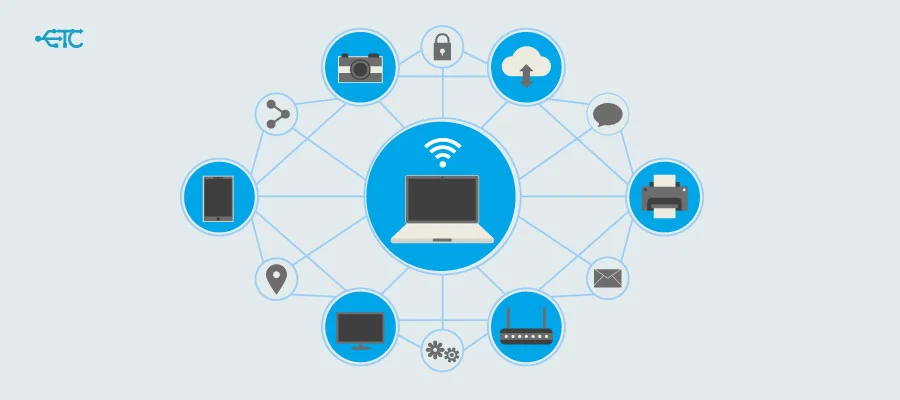The Future of IoT: How Connected Devices are Changing the World?

The Internet of things, also referred to as (IOT), is the totality of architectures and systems intended to ensure the functioning of various objects via an internet connection. Thus, we define the connected objects. These are managed from afar usually through or a tablet. Indeed, as stated in the description of the IOT, there is no fixed context. It attributes conceptual and technological aspects.
Three fundamental points distinguish a connected object:
- Its ability to acquire information through detectors of all kinds: speed, temperature, resistance, pressure, energy, location, power, volume, acoustics, space, torque, flow, photometry, frequency, vibration, humidity, etc.
- Its ability to revitalize data to authorize the representation of information via specific edge panels and to influence .
- Its ability to connect with other objects and to influence in a more or less advanced way other objects, be they interconnected or not.
Three fundamental points distinguish a connected object:
- Its ability to acquire information through detectors of all kinds: speed, temperature, resistance, pressure, energy, location, power, volume, acoustics, space, torque, flow, photometry, frequency, vibration, humidity, etc.
- Its ability to revitalize data to authorize the representation of information via specific edge panels and to influence .
- Its ability to connect with other objects and to influence in a more or less advanced way other objects, be they interconnected or not.
A connected object has two main roles:
On the one hand, The collection of data from its universe.On the other, the threshold of an action, according to the data collected and communicated. Thus, for instance start the lawn watering when heat outdoors is too high. Or sound an alert in case of intervention via an intrusive presence detector placed on a connected webcam.
How IOT works ?
Each remote-controlled object has an identity card making it unique and considerable, often an IP address. This is a digital recognition code which offers the possibility of finding the object and giving it instructions from a PC or mobile phone. The transmitted directives travel to the indicated object by adopting a communication circuit like the Wi-Fi, the Bluetooth, the RFID chip … Moreover, if there are rain droplets on your workplace windows at the beginning of winter, you can order the start of your under-floor heating with just one click from any point of the globe to true benefits find a pleasant temperature in your home upon your arrival. The IOT. In practice, in some municipalities IoT offers you the possibility to be in control so that smart traffic lights turn green as soon as they spot a passing vehicle.
What is the use of connected objects?
On a personal level, connected objects offer a certain degree of convenience in our daily lives. Thanks to this object, we can save a lot of time and sometimes energy. Iot is used in different fields of activity. In addition, the internet of things aims to meet various major current and future challenges. And again, in this case, you can keep an extremely large volume of resources. The smart-cities manage in real-time and according to time of day traffic flow or illuminations. Such a technological advance makes it possible to solve some of the saturation problems in city centers and light pollution, and to reduce CO2 emission. In the industrial and agricultural sectors, the IoT increases productivity and allows greater ability to comply with established regulations. In addition, this solution makes it possible for farmers to have a detailed idea of weather forecasts and soil moisture content.
Regarding public transport, several sensors exist to broadcast valuable information as well as to regulate the traffic and inform passengers in real time. In the health sector, screens and connected imaging devices making it possible to restore the medical services offered to patients.
